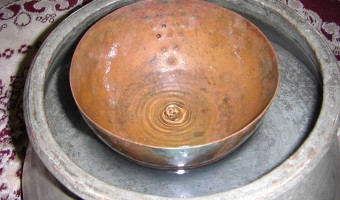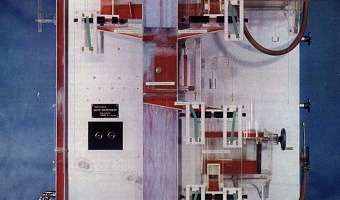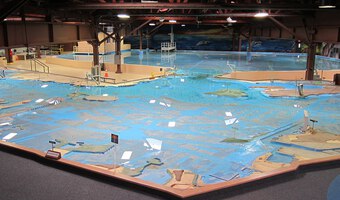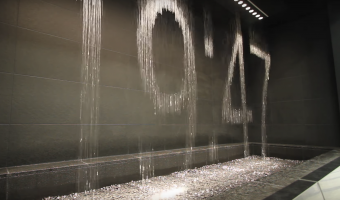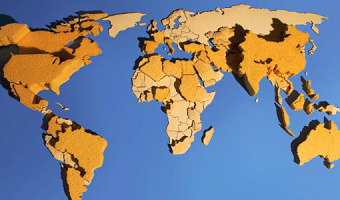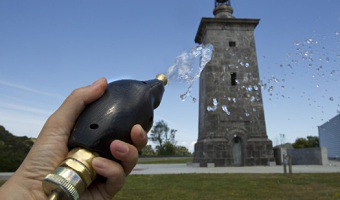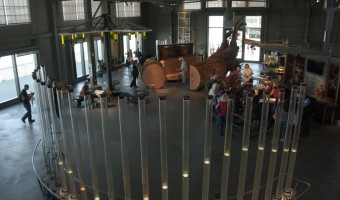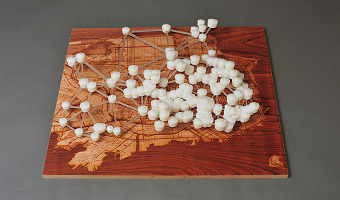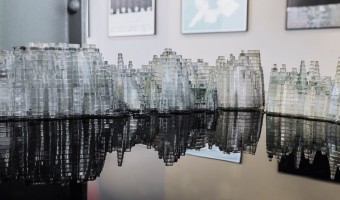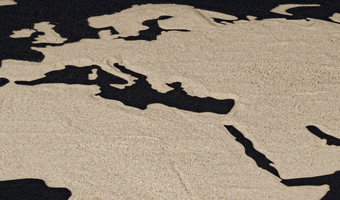
Although today computer graphics is often used for doing flow visualization, a range of physical methods exist that can visualize flows in-place. Leonardo da Vinci was presumably one of the first to use these methods: Leonardo da Vinci (1452-1519) also developed techniques for observing the wind (by generating smoke in a tube and adding it to the wind at suitable points). Most important of all, he made actual experiments under controlled conditions. For this purpose, he used, among other […]
Although today computer graphics is often used for doing flow visualization, a range of physical methods exist that can visualize flows in-place. Leonardo da Vinci was presumably one of the first to use these methods: Leonardo da Vinci (1452-1519) also developed techniques for observing the wind (by generating smoke in a tube and adding it to the wind at suitable points). Most important of all, he made actual experiments under controlled conditions. For this purpose, he used, among other things, a tank containing water mixed with fine millet, through which he moved solids, observing the flow past them. Leonardo wrote: “The movement of water within water proceeds like that of air within air.“ The left image shows a drawing from Leonardo da Vinci. The remaining images show more modern methods involving the use of die, cotton tufts, and colored smoke. Sources: Peter Freymuth (1993) Flow visualization in fluid mechanics. Review of scientific instruments. William E. Boeing Department of Aeronautics and Astronautics (2016) Flow Visualization. Pat Hanrahan (2004) Self-Illustrating Phenomena. Willett et al. (2016) Embedded Data Representations. Images from (left to right) Uppsala Universitet, Dryden Flight Research Center NASA, Joe Pappas and Dick Oldfield, and NASA Langley Research Center.
